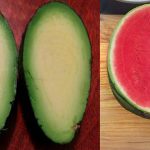#1 The Mysterious Triangle Over Your Seat When you are looking for your seat number and if you hate flying, you might be looking for the closest emergency exit. You may not have noticed the triangle that is located over your window. It is actually a reference point for the flight crew. The windows with triangles are the places on the plane that has the clearest view of the wing so that the crew can check for ice or other problems.
When you are looking for your seat number and if you hate flying, you might be looking for the closest emergency exit. You may not have noticed the triangle that is located over your window. It is actually a reference point for the flight crew. The windows with triangles are the places on the plane that has the clearest view of the wing so that the crew can check for ice or other problems.
#2 The Flange Sticking Out of the Wing When most people are waiting to leave the gate, they stare out the window. If you have ever done this, you may have noticed that there is a metal stub sticking out the middle of the wing. Some people think that this is used to lift the plane if necessary, but it isn’t. It is actually part of the evacuation system. If the plane is forced to land somewhere that you cannot use the stairs or the terminal the crew would need to deploy the inflatable chutes from the emergency exits. If you have to use one of the over-wing exits, you would first need to step out onto a slippery metal surface. The flanges are anchors to tie ropes that will get you off the wing safely.
When most people are waiting to leave the gate, they stare out the window. If you have ever done this, you may have noticed that there is a metal stub sticking out the middle of the wing. Some people think that this is used to lift the plane if necessary, but it isn’t. It is actually part of the evacuation system. If the plane is forced to land somewhere that you cannot use the stairs or the terminal the crew would need to deploy the inflatable chutes from the emergency exits. If you have to use one of the over-wing exits, you would first need to step out onto a slippery metal surface. The flanges are anchors to tie ropes that will get you off the wing safely.
#3 The Hum When You Board the Plane If you have ever boarded a plane, chances are you have noticed the humming when you’re waiting for the last passenger to board. Even though the engines aren’t running yet, the plane is still running. The sound that you hear is the auxiliary power unit or an APU. This system is what powers the plane’s electricity when it is unplugged from the terminal until it is ready for takeoff. When the lights dim for a second, it is when the APU is unplugged and the main power on the plane is turned on.
If you have ever boarded a plane, chances are you have noticed the humming when you’re waiting for the last passenger to board. Even though the engines aren’t running yet, the plane is still running. The sound that you hear is the auxiliary power unit or an APU. This system is what powers the plane’s electricity when it is unplugged from the terminal until it is ready for takeoff. When the lights dim for a second, it is when the APU is unplugged and the main power on the plane is turned on.
#4 Tomato Juice If you find yourself ordering a tomato juice when you are on a plane, don’t you wonder why you are suddenly ordering a salty vegetable drink that you would never order at home. It is for the same reason that you think that airline food is bland. Scientists have gotten to the bottom of it all. The noise of the engine dulls your ability to taste anything sweet. The high altitude and the dryness in the air also affects your taste. This makes you crave something salty and strong.
If you find yourself ordering a tomato juice when you are on a plane, don’t you wonder why you are suddenly ordering a salty vegetable drink that you would never order at home. It is for the same reason that you think that airline food is bland. Scientists have gotten to the bottom of it all. The noise of the engine dulls your ability to taste anything sweet. The high altitude and the dryness in the air also affects your taste. This makes you crave something salty and strong.
#5 Opening Window Shades For Landing and Take-Offs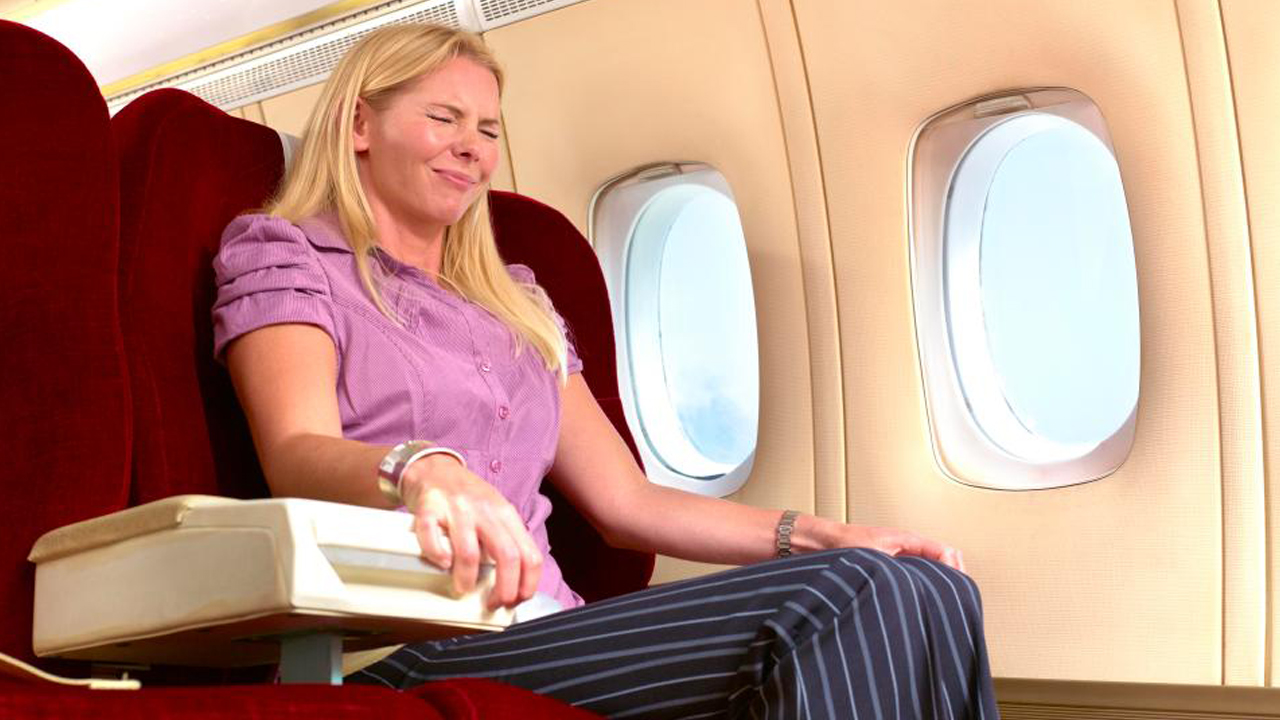 Most people think that the shades on a plane open and close so that you can get some sleep when you are on a long flight. If that is the case, why does the flight attendant ask you to open the shade before take-off and when you are about to land? They do this for safety purposes. If something happens when the plane is taking off or landing and the plane loses power, the flight crew will need the light from the windows to see in the cabin. If an evacuation is necessary, the flight crew will need to check for debris, water, and other factors that could make evacuation difficult. The next time a flight attendant asks you to open your shade, do it. They are doing it for your safety.
Most people think that the shades on a plane open and close so that you can get some sleep when you are on a long flight. If that is the case, why does the flight attendant ask you to open the shade before take-off and when you are about to land? They do this for safety purposes. If something happens when the plane is taking off or landing and the plane loses power, the flight crew will need the light from the windows to see in the cabin. If an evacuation is necessary, the flight crew will need to check for debris, water, and other factors that could make evacuation difficult. The next time a flight attendant asks you to open your shade, do it. They are doing it for your safety.
#6 Winglets Airplanes are always having a tug-of-war between the thrust of the engines and the aerodynamic drag. One major source of drag is something you cannot even see unless the temperature and humidity are just right. Did you ever notice the swirls of mist that travel from behind the wingtips? Those are called wingtip vortices that tug at the tips of the wings as the smooth layer of air flowing that gives it lift and lets it break away. This can pull the plane down. The winglets are there to keep this phenomenon from occurring.
Airplanes are always having a tug-of-war between the thrust of the engines and the aerodynamic drag. One major source of drag is something you cannot even see unless the temperature and humidity are just right. Did you ever notice the swirls of mist that travel from behind the wingtips? Those are called wingtip vortices that tug at the tips of the wings as the smooth layer of air flowing that gives it lift and lets it break away. This can pull the plane down. The winglets are there to keep this phenomenon from occurring.
#7 Side Stick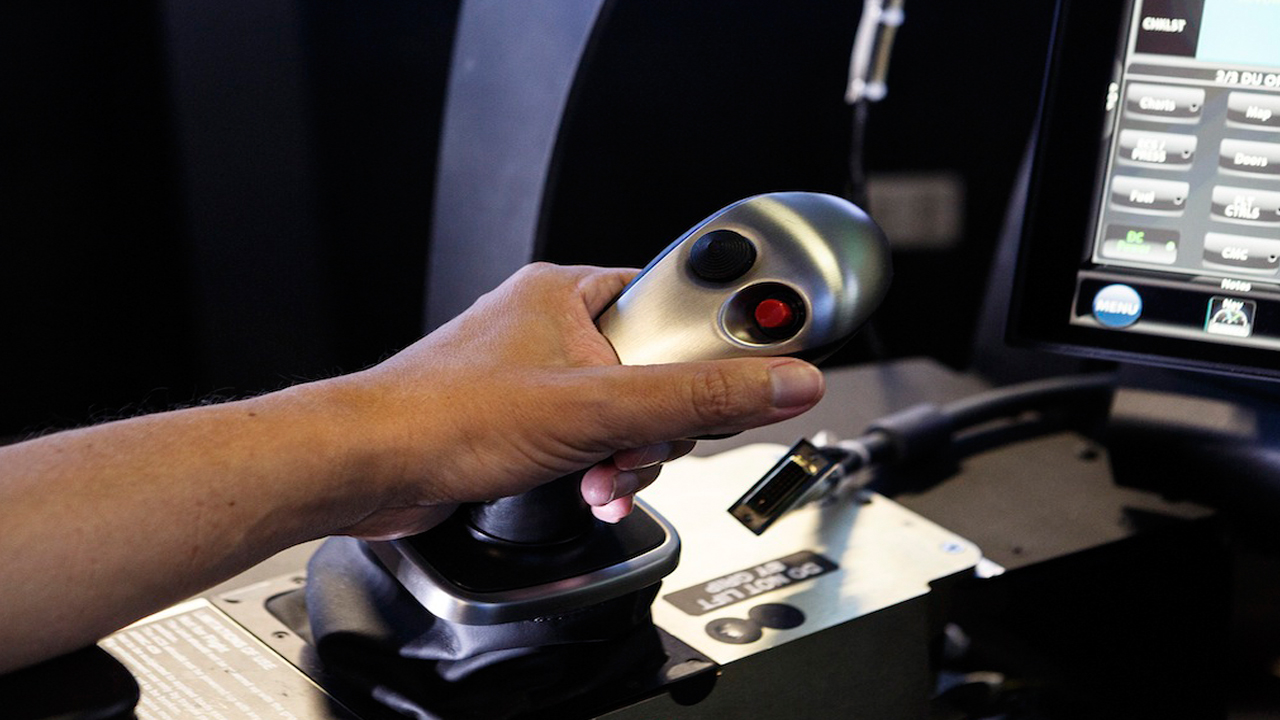 In the early days of planes, pilots were known as stick and rudder men, steering the plane with the power of their arms and legs pushing on control cables. The side stick looks like a joystick and it helps with steering. The pilot’s and co-pilot’s side stick are connected so that they can work together.
In the early days of planes, pilots were known as stick and rudder men, steering the plane with the power of their arms and legs pushing on control cables. The side stick looks like a joystick and it helps with steering. The pilot’s and co-pilot’s side stick are connected so that they can work together.
#8 Bleed Air System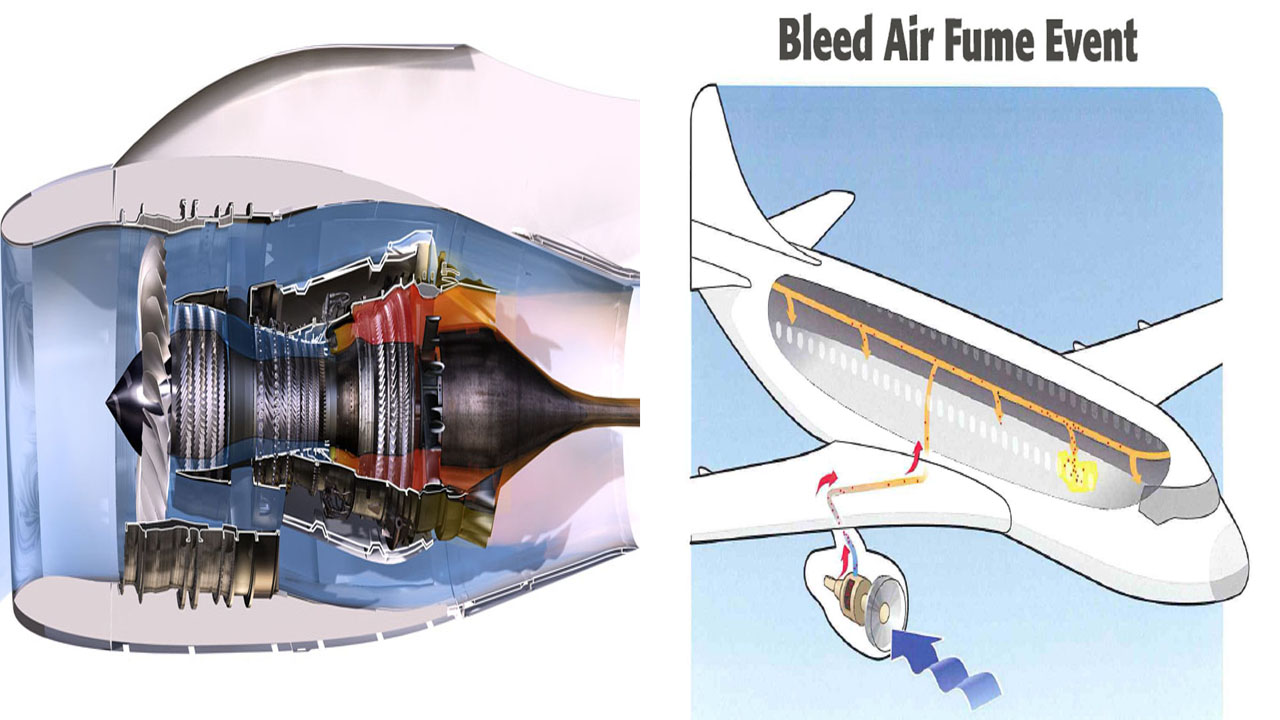 If you ever wondered what makes it possible to breathe at such high altitudes, it is the bleed air system. It keeps the air flowing so that the passengers and crew aren’t deprived of oxygen.
If you ever wondered what makes it possible to breathe at such high altitudes, it is the bleed air system. It keeps the air flowing so that the passengers and crew aren’t deprived of oxygen.
#9 The Eye Level Indicator on the Cockpit Window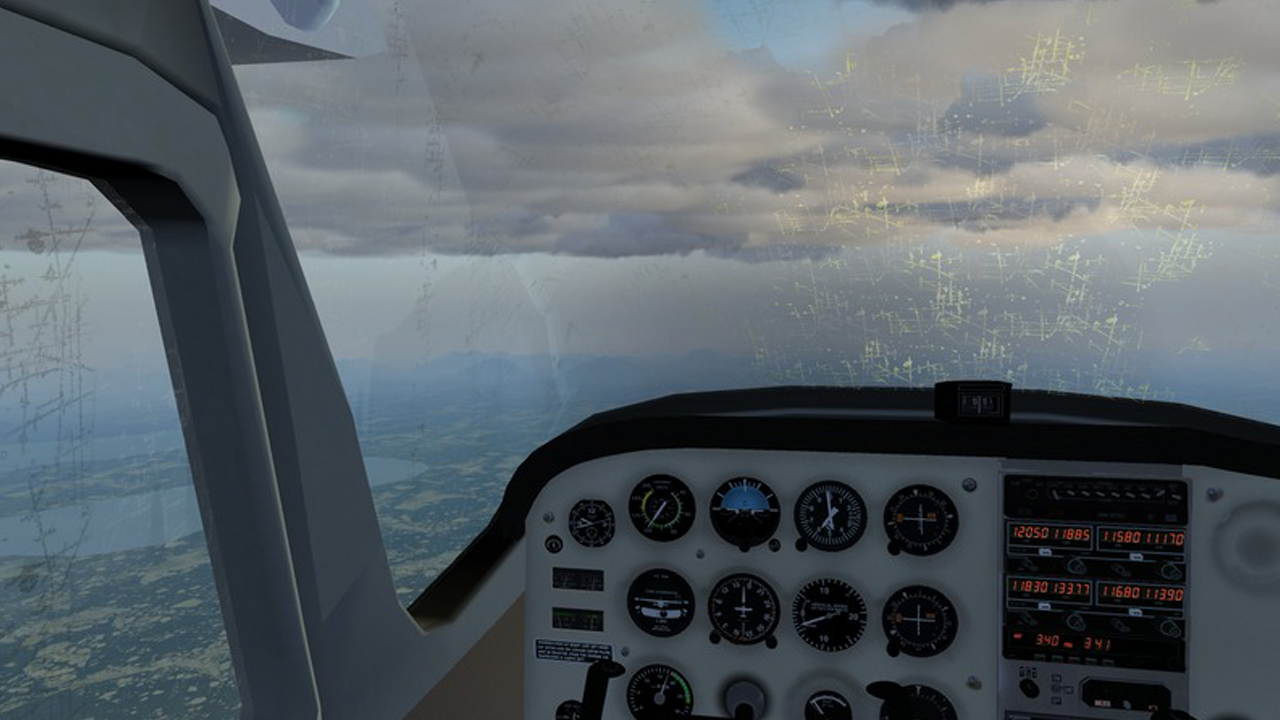 A pilot’s chair is much like a car seat. They move to make you comfortable. On a plane, there is an eye level indicator on the window so that the pilot can be sure that they are in the perfect position to see properly out the window and to see the controls. It basically lets them know that they are in the perfect position to fly the plane.
A pilot’s chair is much like a car seat. They move to make you comfortable. On a plane, there is an eye level indicator on the window so that the pilot can be sure that they are in the perfect position to see properly out the window and to see the controls. It basically lets them know that they are in the perfect position to fly the plane.
#10 The Hole in Your Window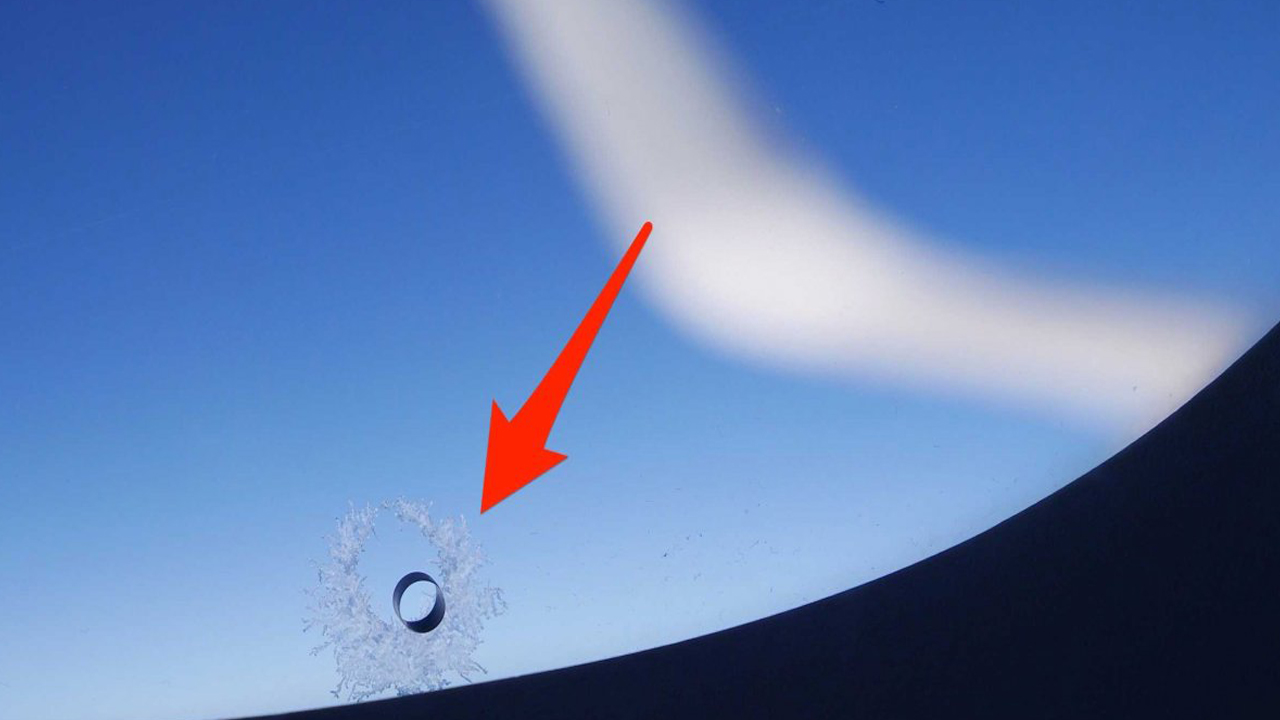 The hole in the airplane window is there to keep the pressure from the cabin and outside equalized. Without these holes, the windows would shatter under the pressure.
The hole in the airplane window is there to keep the pressure from the cabin and outside equalized. Without these holes, the windows would shatter under the pressure.
#11 The Hook Under Your Airplane Tray Of the 10 airplane things you don’t know the purpose of, this is the most simple. If you ever noticed the hook under your tray on a plane, its purpose is simple. It is a coat hanger. There is a shortage of storage space on a plane so designers put a hook to make room for your coat.
Of the 10 airplane things you don’t know the purpose of, this is the most simple. If you ever noticed the hook under your tray on a plane, its purpose is simple. It is a coat hanger. There is a shortage of storage space on a plane so designers put a hook to make room for your coat.
 There are some people who believe that the curved wings on airplanes are to enhance its beauty. This is not the case. These curves are called wingtips or winglets and there are two types. Some are oval and some are bent vertically upwards. The true purpose of the winglet is to reduce the vortex which is produced when there is a pressure difference between the upper and lower surface of the wing while the airplane is in the air. These wingtips allow the airplane to fly more smoothly and to use less fuel. Today, all new air crafts being built are required to have wingtips. Since there are still planes in the air that were built before the new law was passed, you cannot expect your the plane that you are on to have wingtips.
There are some people who believe that the curved wings on airplanes are to enhance its beauty. This is not the case. These curves are called wingtips or winglets and there are two types. Some are oval and some are bent vertically upwards. The true purpose of the winglet is to reduce the vortex which is produced when there is a pressure difference between the upper and lower surface of the wing while the airplane is in the air. These wingtips allow the airplane to fly more smoothly and to use less fuel. Today, all new air crafts being built are required to have wingtips. Since there are still planes in the air that were built before the new law was passed, you cannot expect your the plane that you are on to have wingtips.



